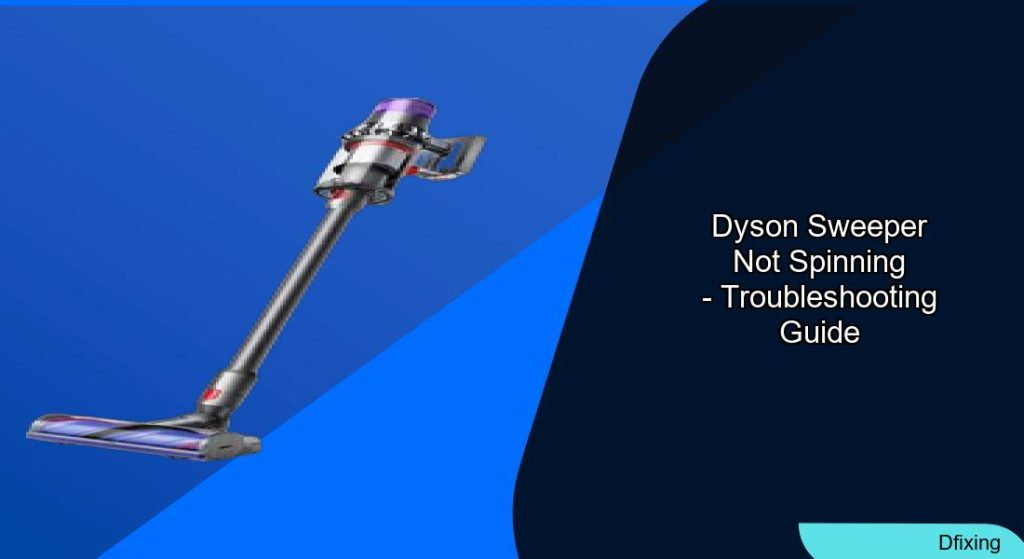A Dyson sweeper’s brush roll failing to spin is a recurring frustration for many users, particularly those with pets or long hair. This issue often leads to reduced suction, uneven cleaning, and debris buildup on carpets or hard floors. Common symptoms include abrupt stoppages, intermittent rotation, or a complete lack of movement. While the problem can stem from simple clogs to complex motor failures, understanding the root cause is key to resolving it effectively.
Affiliate disclosure: As an Amazon associate, We'll earn a commission for every successful order through our affiliate links in the article. However, you won’t be charged anything for this.
This article explores the primary reasons behind a non-spinning Dyson brush roll, step-by-step troubleshooting methods, and preventive maintenance strategies. Whether you own a Dyson V6 (DC59) or an older model with a clutch mechanism, this guide provides actionable insights to restore your vacuum’s performance. Additionally, we’ll cover cost-effective repairs, model-specific fixes, and expert-recommended hacks to extend your device’s lifespan.
Common Causes of Brush Roll Failure

Several factors can disrupt the rotation of a Dyson sweeper’s brush roll. Identifying the culprit early ensures faster resolution:
- Hair and Debris Entanglement: Pet hair, threads, or twine around the brush roll can immobilize it, especially in high-use households.
- Worn or Broken Belt: Over time, the drive belt linking the motor to the brush roll may fray, stretch, or snap, severing power transmission.
- Motor Malfunctions: Direct-drive motors, like the Johnson unit in some models, face overheating risks, leading to deformation or electrical failures.
- Faulty Electrical Connections: Loose wires or corroded contacts in the cleaner head can interrupt power flow to the brush roll.
- Clutch System Failures (Older Models): A defective clutch mechanism—comprising belts, bearings, and springs—prevents engagement of the beater bar.
- Drive Shaft or Bearing Damage: Plastic drive shafts may crack, while debris-clogged bearings can seize, halting rotation.
Troubleshooting Steps to Fix a Non-Spinning Brush Roll
1. Clearing Brush Roll Obstructions
- Turn off and unplug the vacuum.
- Remove the cleaner head and inspect the brush roll.
- Use scissors to cut away tangled hair or debris.
- Check the brush roll holder and internal compartments for residual fibers.
- Reassemble and test the vacuum.
If you find that the brush roll itself is damaged beyond simple cleaning, consider replacing it. A worn or damaged brush roll can significantly impact cleaning performance.

Official replacement for optimal performance

Cost-effective replacement with deep cleaning
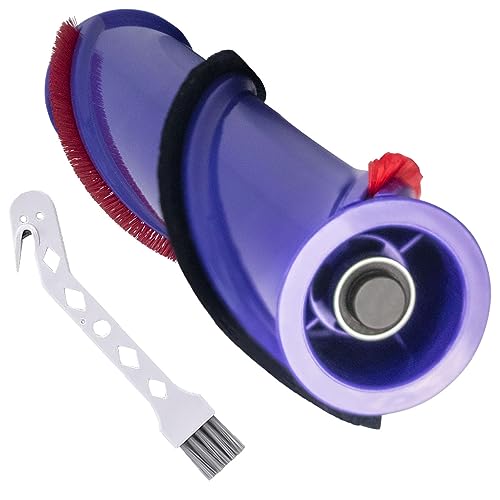
Dual-bristle design for quiet operation

Budget-friendly replacement for V6 models
2. Inspecting and Replacing the Belt
- Remove the brush roll after unplugging the device.
- Examine the belt for cracks, fraying, or misalignment.
- Purchase a model-specific replacement belt (e.g., Dyson Part DC07/DC14/DC18).
- Install the new belt, ensuring proper tension. Test for smooth rotation.
If the belt is damaged then you have to replace it with new one.

Official Dyson replacement with clutch assembly for multiple models
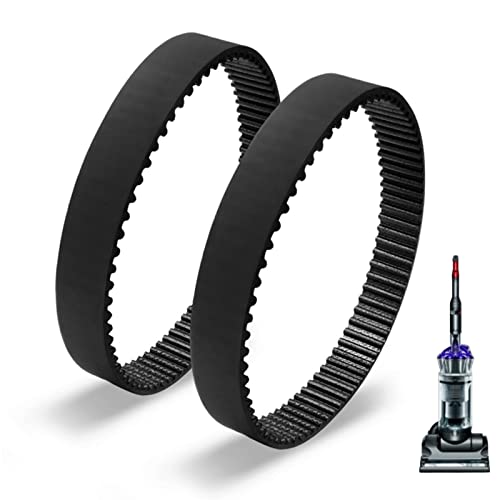
Affordable replacement belts for Dyson DC17 models
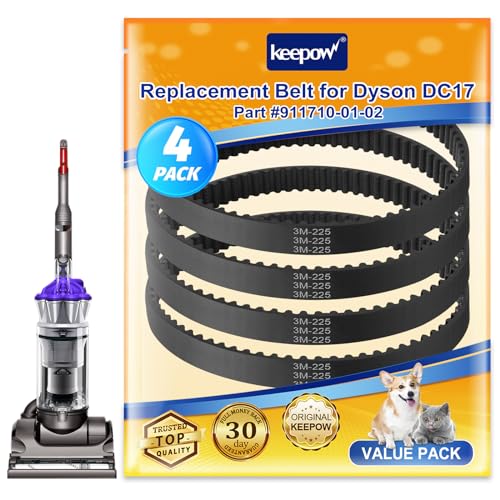
4-pack of durable belts for DC17 vacuums

Premium genuine clutch with drive belts for DC07/DC14 models
3. Addressing Motor and Electrical Issues
- Plug in the vacuum and listen for unusual noises.
- If the motor hums but the brush doesn’t spin, check electrical connections inside the cleaner head.
- Clean corroded contacts with rubbing alcohol (for DC59 models) or replace damaged wires.
- For motor replacement, consult Dyson support or a professional technician.
4. Repairing Clutch Mechanisms (Older Models)
- Disassemble the clutch housing using Torx T15 and T10 screwdrivers.
- Replace the motor belt (~$10) and beater bar belt if worn.
- Realign bearings and secure the snap ring. Ensure the clutch lever engages fully.
If the clutch is damaged then replace it with new one.

Genuine Dyson replacement for brush roll/Cleaner head issues

O.E.M. authorized clutch assembly with drive belts
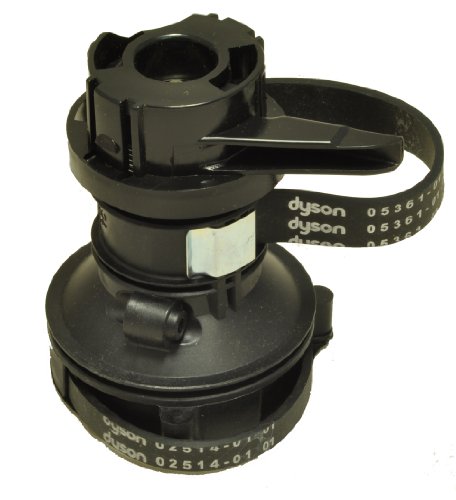
Basic clutch assembly with pre-attached belts
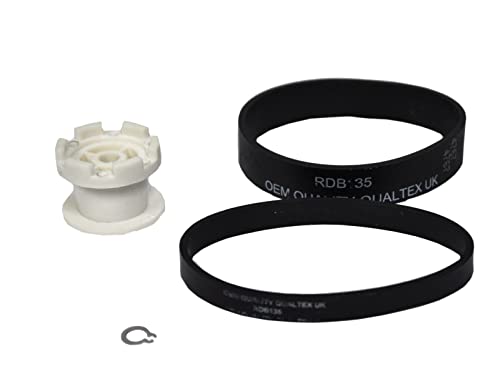
Complete repair set for clutch system components
Model-Specific Issues and Repairs
Dyson V6 (DC59) Electrical Connection Problems
- Solution: Detach the canister, clean electrical leads with a q-tip and alcohol, and reassemble.
Older Models with Beater Bar Clutch Failures
- Cost-Effective Fix: Replace belts separately (~$10) or opt for a pre-assembled clutch (~$40).
Maintenance Strategies for Longevity

- Regular Cleaning: Clean the brush roll every 1–2 weeks to prevent debris buildup.
- Belt Checks: Inspect belts quarterly for wear and replace as needed.
- Monitor Motor Health: Address unusual noises immediately to avoid overheating.
- Airflow Modification: Remove the plastic restrictor (a user-recommended hack) to boost suction.
Cost-Effective Repairs and Part Replacements
- Clutch Alignment: During reassembly, ensure bearings fit snugly into the clutch plate’s indentations.
- Aftermarket Upgrades: Consider durable Chinese-made cleaner heads with reinforced bearings.
- DIY Motor Replacement: Only attempt if confident in handling electrical components.
Frequently Asked Questions (FAQ)
How do I know if my Dyson’s belt is broken?
If the motor runs but the brush roll doesn’t spin, inspect the belt for visible damage. A snapped belt requires immediate replacement.
Why does my Dyson brush roll stop intermittently?
Intermittent spinning often points to a loose electrical connection or a worn belt struggling to maintain tension.
Can I use third-party replacement parts?
Yes, aftermarket belts and cleaner heads are available at lower costs, though compatibility varies by model.
Conclusion
A Dyson brush roll not spinning is a solvable issue with the right diagnostic approach. Start with simple fixes like cleaning obstructions or replacing belts before tackling motor or clutch repairs. Regular maintenance minimizes recurring problems, while model-specific solutions—like cleaning DC59 connections or clutch repairs—restore functionality. For persistent issues, consider contacting Dyson support or exploring durable alternatives. Addressing these problems promptly ensures your vacuum maintains peak performance for years.

